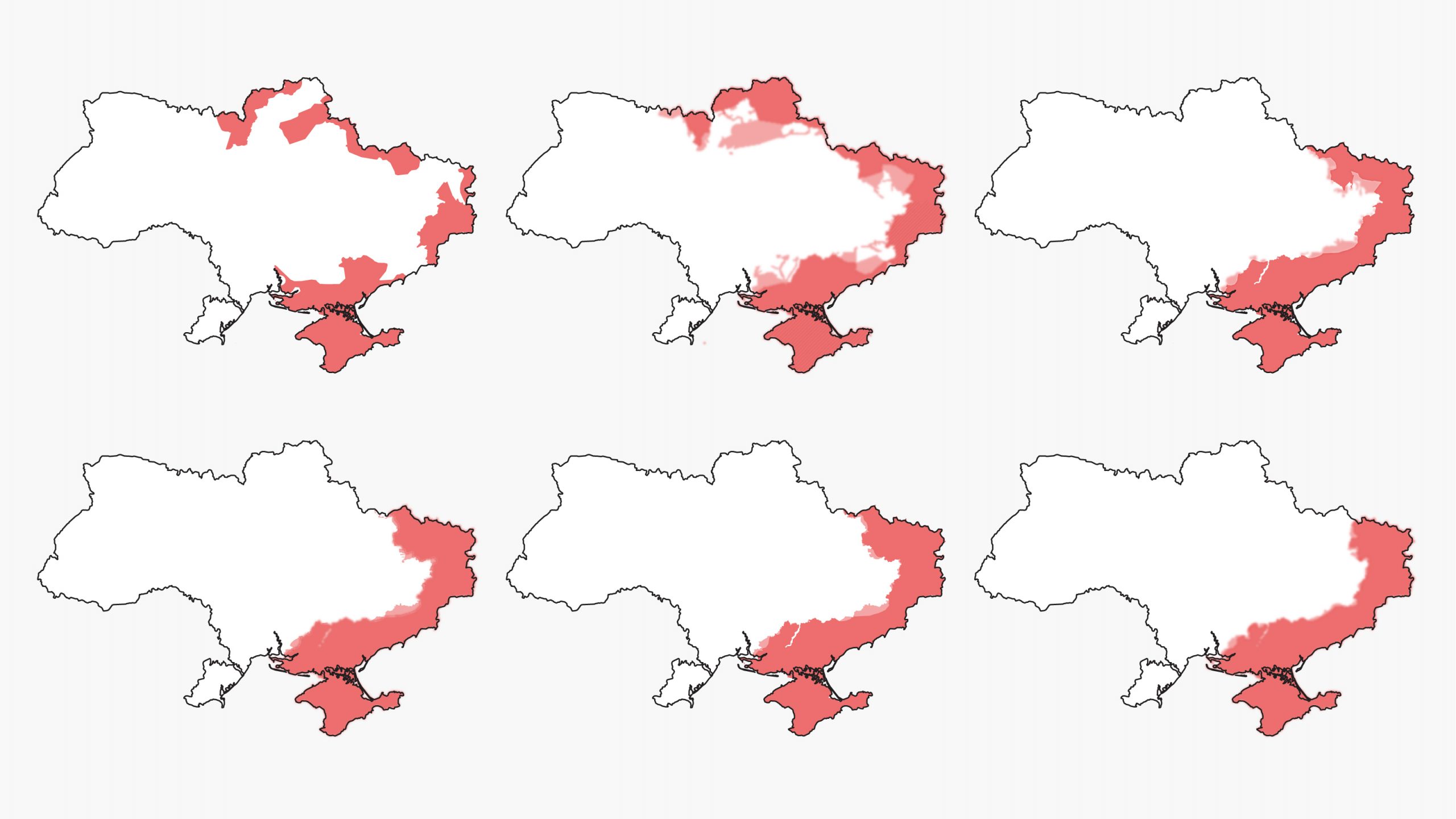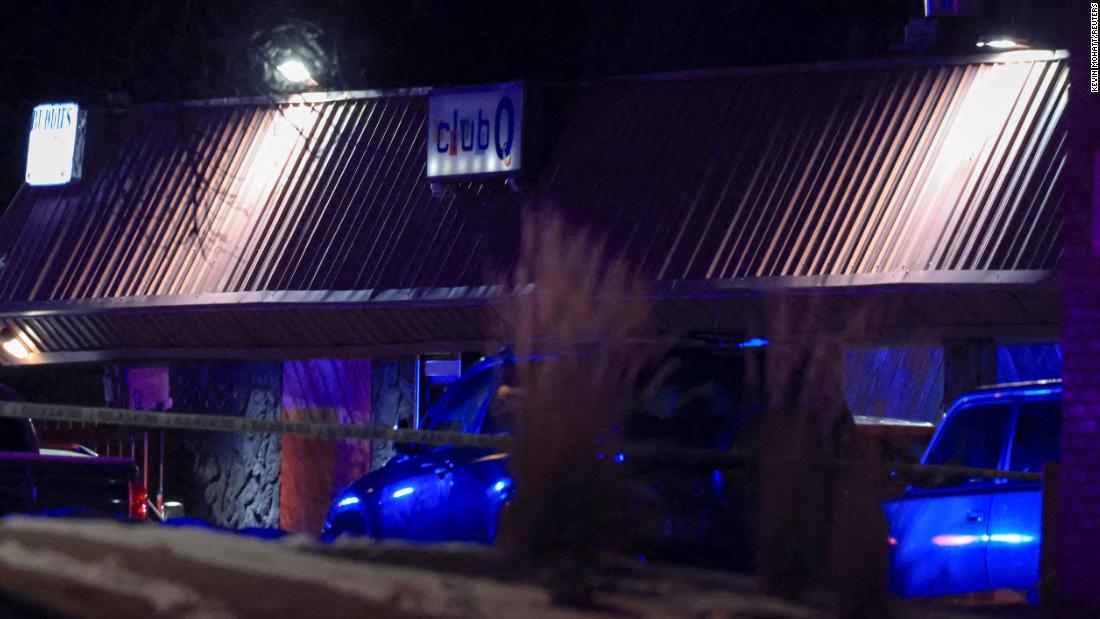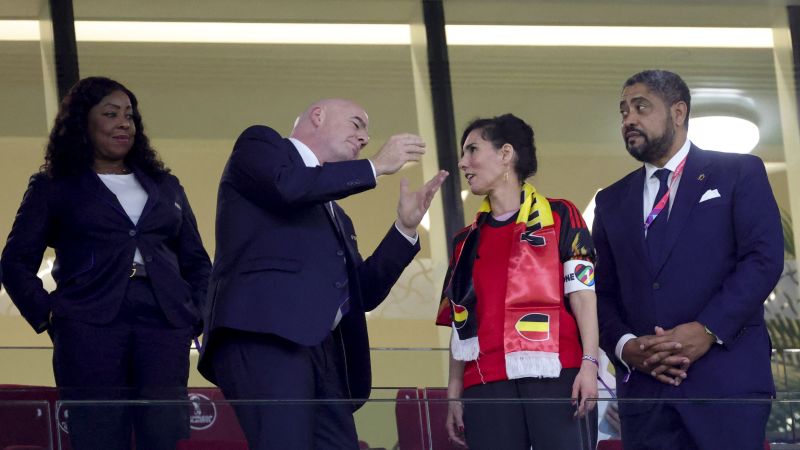
Seven months into the invasion, Russia controls less land than it did in the initial days of the war. See how the advances stalled.
The Ukrainian military’s sudden and successful counter-attack in the Kharkiv region this month has left Russian forces controlling less Ukrainian land than they did after their first thrust into the country in February, 2022, according to a CNN analysis of exclusive data from the Institute for the Study of War (ISW).
Russia’s first massive push, which began on the night of February 23, allowed it to secure or advance on one fifth of Ukrainian territory, or about 119,000 square kilometers (46,000 square miles) of the total 603,500 square kilometers Ukraine claims and considers “temporarily occupied,” the analysis shows.
Seven months after launching an invasion — one that western officials thought would be over in days with an overrun Ukrainian capital — Russia controls roughly three thousand square kilometers less land than it did in the first five days of the war, CNN found. (Unverified claims are excluded from the analysis.)
In a move to secure what it still controls, the Kremlin on Friday claimed to annex four Ukrainian regions, of which it has only partial control, adding to the seizure and annexure of the region of Crimea in 2014.
At a ceremony attended by Russian-installed heads of the self-proclaimed Donetsk and Luhansk People’s Republics, and of the Zaporizhzhia and Kherson regions, Russian President Valdimir Putin signed four separate agreements on the admission of new territories to the Russian Federation. Ahead of the announcement, Putin on Thursday formally recognized Kherson and Zaporizhzhia as independent states.

At the end of September, pro-Russian authorities hastily conducted so-called “referendums” in parts of the four occupied regions of Ukraine: Donetsk, Luhansk, Kherson and Zaporizhzhia. Large parts of Donetsk and Zaporizhzhia remain in Ukrainian hands.
The referendums were widely criticized by Ukraine and the international community as a sham effort and illegitimate. And even as the process was ongoing, Ukrainian forces were taking back more territory in Donetsk.
Though pre-war polling conducted by CNN in February 2022 showed no region of Ukraine had more than one in five people who backed Ukrainian unification with Russia, authorities in those occupied regions predictably claimed on Wednesday that residents had overwhelmingly agreed to join the Russian Federation.
For the first time in the conflict, Russia’s military is on the backfoot – its declared objective of taking the whole of Donetsk and Luhansk seemingly grew more distant after a disorderly retreat from neighboring Kharkiv region.
On Friday, the Kremlin reiterated an attack on the newly annexed territories would be considered an act of aggression on Russia. Ukraine’s allies fear the move could create a pretext for a new, dangerous stage in the war.

CNN analysis of ISW data outlines Moscow’s military misfortunes that may have contributed to the decisions taken in the Kremlin this week.
In the first month of the invasion, Russia almost quadrupled the area under its control, adding to the territory of Crimea (annexed in 2014) and the separatist-controlled Luhansk and Donetsk republics, also created in 2014.
But that would mark the peak of Russian success. Moscow decided to withdraw its forces from the north and north-east of Ukraine in early April, after failing to take the capital Kyiv.
In the months that followed, the Kremlin’s army and its allies have struggled to make substantial gains. Between early May and the end of August, its net gains stalled between 200 and 1,400 square kilometers of Ukrainian land per month, the analysis shows.

And by September 26, Russia’s overall net territory gain since the early April withdrawal was just over one thousand square kilometers – half the size of Rhode Island, America’s smallest state, the data shows.
CNN explores key events in the Russian invasion from the perspective of a territorial struggle in an interactive timeline.
Note:- (Not all news on the site expresses the point of view of the site, but we transmit this news automatically and translate it through programmatic technology on the site and not from a human editor. The content is auto-generated from a syndicated feed.))



